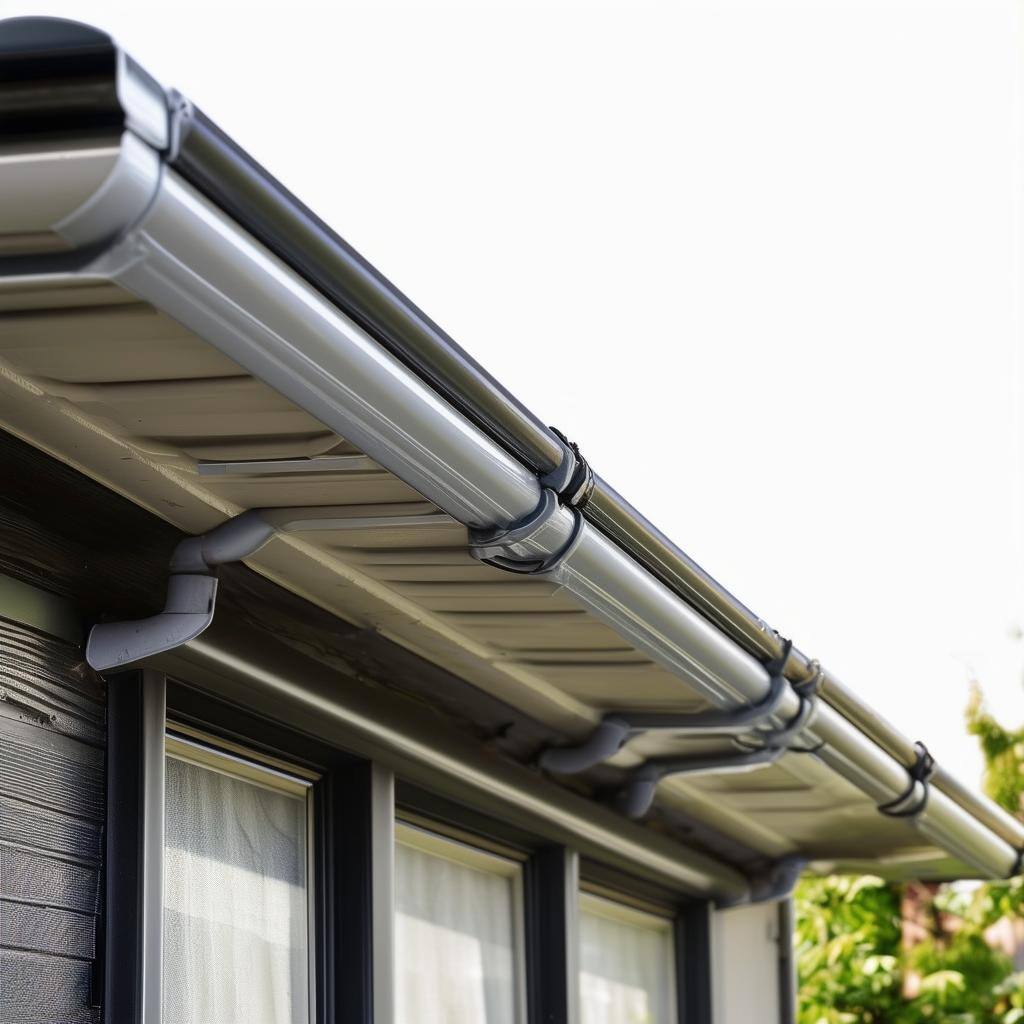The Ultimate Guide to Home Audio/Video Systems: Elevate Your Entertainment Experience
In today's world, having a well-designed home audio/video (A/V) system can transform your entertainment experience. Whether you’re a movie buff, a music lover, or a gaming enthusiast, a good A/V setup can bring your favorite content to life. This guide will explore the essential components of home audio/video systems, tips for building your own setup, and trends to consider.
Learn More Below for Components, Tips for Building, Current Trends, & More!
Components of a Home Audio/Video System
1. Televisions and Displays
The heart of any home A/V system is the television or display. Options include:
- LED/LCD TVs: Bright and energy-efficient, these are the most common types of televisions.
- OLED TVs: Known for their exceptional picture quality and deep blacks, OLEDs are great for movie watching.
- Projectors: For a true cinema experience, projectors can create a large image on a screen, ideal for home theaters.
2. Audio Systems
Audio is just as crucial as video in a complete A/V setup. Options include:
- Soundbars: A compact solution that enhances TV audio without the complexity of a full surround sound system.
- Surround Sound Systems: Typically consisting of multiple speakers placed around the room, these systems offer an immersive audio experience.
- Multi-Room Audio Systems: Allow you to play music throughout the house, often controllable via smartphone apps.
3. Media Sources
Consider what devices you'll use to play your content. Options include:
- Streaming Devices: Devices like Roku, Amazon Fire Stick, or Apple TV allow you to access various streaming services.
- Blu-ray/DVD Players: For physical media collectors, having a high-quality player enhances picture and sound quality.
- Gaming Consoles: PlayStation, Xbox, and Nintendo Switch can double as media centers for gaming and streaming.
4. Receivers and Amplifiers
Receivers are the central hub of an A/V system. They connect various audio and video components, allowing you to switch between them easily. An amplifier boosts the audio signal for better sound quality, especially in larger spaces.
5. Cables and Connectivity
Quality cables are essential for optimal performance. HDMI cables are the standard for video and audio transfer. Consider investing in high-speed HDMI cables for 4K content. Additionally, look for options that support ARC (Audio Return Channel) for easier sound integration.
Tips for Building Your Home A/V System
1. Assess Your Space
Consider the size and layout of the room where you'll set up your A/V system. This will influence your choice of display size, speaker configuration, and seating arrangement.
2. Set a Budget
Home A/V systems can vary significantly in price. Establish a budget that reflects your entertainment needs and stick to it. Remember that investing in quality components can lead to a better overall experience.
3. Choose Compatible Components
Ensure all your components work well together. Look for devices with compatible specifications, especially when it comes to audio formats and video resolutions.
4. Optimize Your Setup
Once you have your components, take the time to optimize your setup. This includes positioning speakers for the best sound, calibrating the TV for optimal picture quality, and ensuring that cables are neatly organized.
5. Consider Smart Home Integration
Many modern A/V systems can be integrated into smart home setups. This allows you to control your A/V components via voice commands or smartphone apps, adding convenience and enhancing your experience.
Current Trends in Home Audio/Video
1. 4K and 8K Resolution
As content becomes available in higher resolutions, investing in a 4K or even 8K TV ensures you’re prepared for the latest viewing experiences. Many streaming services now offer content in 4K.
2. Streaming Services
The rise of streaming platforms like Netflix, Hulu, and Disney+ means that many people are moving away from traditional cable. Consider how these services will fit into your A/V system.
3. Wireless Audio Solutions
Wireless speakers and soundbars have gained popularity, offering flexibility in placement without the hassle of tangled cables. Look for systems that use Wi-Fi or Bluetooth technology for seamless connectivity.
4. Smart Assistants
Many audio/video systems now feature built-in smart assistants like Amazon Alexa or Google Assistant, allowing for voice control and integration with other smart home devices.
Summary
Creating a home audio/video system can significantly enhance your entertainment experience, bringing movies, music, and games to life like never before. By understanding the essential components, following practical tips, and staying informed about current trends, you can design a setup that meets your needs and preferences. Whether you’re hosting movie nights, enjoying live concerts, or diving into immersive gaming sessions, a well-crafted A/V system will elevate your home entertainment to new heights.
Why don't homes come with a user manual?
We don't know, either. But we're here to help.
See how, below...from tackling the maintenance tasks you can’t stand or always forget, to getting proactive with your maintenance, to sending out contractor referrals we actually know & trust!
You May Also Like
These Related Stories

Home Foundation Guide

Gutters Guide
